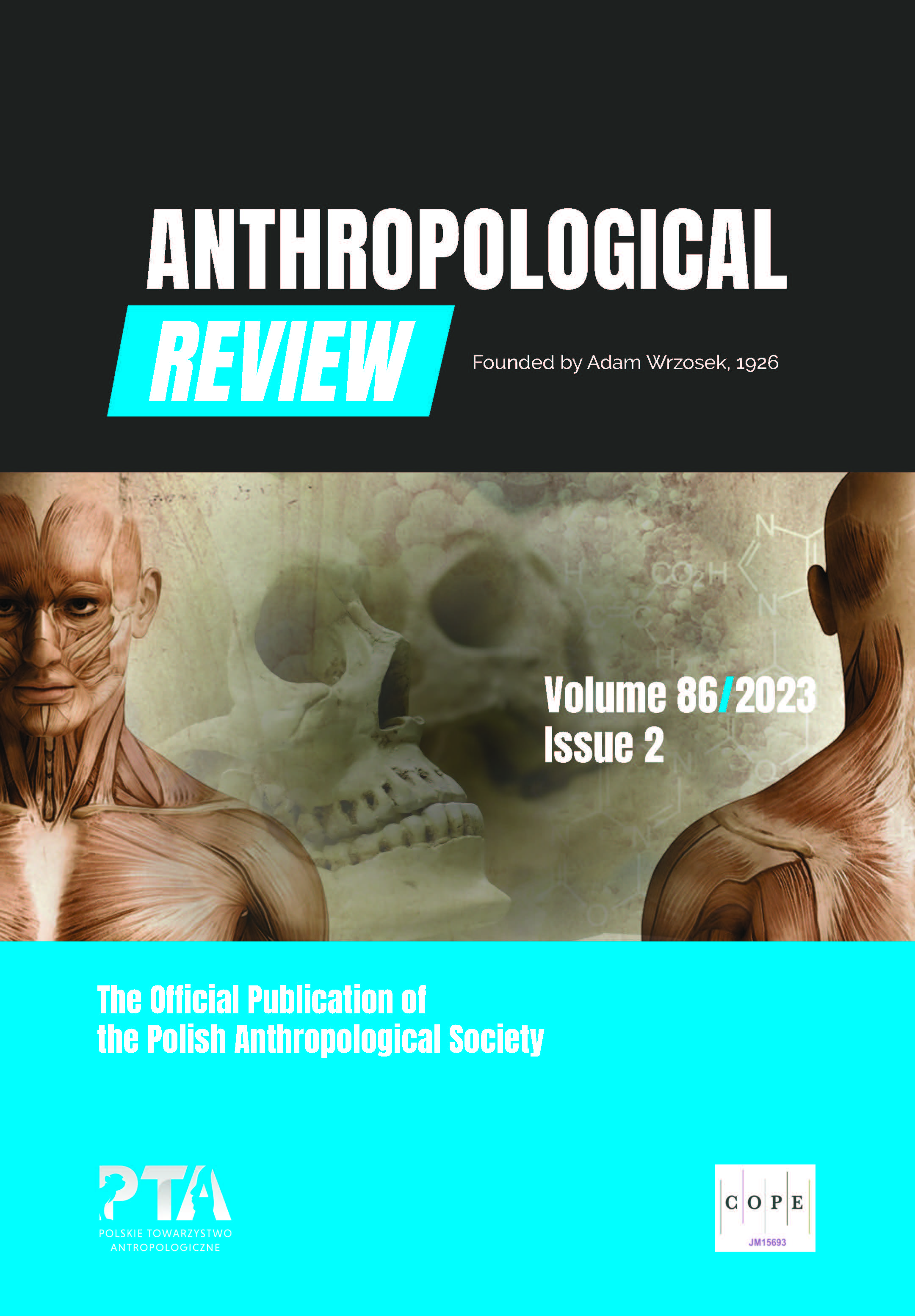Birth Size of Neonates and Its Association with Seasonality
Birth Size of Neonates and Its Association with Seasonality
Author(s): Albena Dimitrova, Yanitsa Zhecheva, Zoya Mateeva, Rayna Georgieva, Racho Stoev, Boyan Kirilov, Aleksandra Ravnachka, Ivaila Yankova Ivanova–PandourskaSubject(s): Anthropology, Social Sciences
Published by: Wydawnictwo Uniwersytetu Łódzkiego
Keywords: birth weight; birth length; seasonality
Summary/Abstract: The aim of the study is to evaluate the relationship between the season of birth and the birth weight and length of Bulgarian newborns. The weight and length data of 6517 (6098 full-term and 419 preterm) live births in 2000–2001 were collected from the birth registry of II Hospital of Obstetrics and Gynaecology “Sheynovo”, Sofia, Bulgaria. Statistical analyses were done using the SPSS 16 software for Windows: descriptive statistics; the t-test (p<0.05); One-Way ANOVA, (Tukey, HSD-test, p<0.05) and the Pearson’s correlation. The sunshine dura-tion data for 2000 and 2001 were collected at the Sofia Meteorological Station. The mean weight of Bulgarian neonates born in 2000-2001 was 3389.8 g in boys and 3261.8 g in girls. The average newborn’s length was 51.0 cm and 50.3 cm in boys and girls, respectively. In all seasons, significant gender differences were observed with a priority for boys (p≤0.001). The winter period was identified with a peak in birth length for both sexes, and spring and summer were the seasons with the lowest values for boys and girls, respectively. A significant positive correlation between birth length and the daily amount of sunshine during the prenatal period was found (p<0.001). Seasonal fluctuations influenced weight and length in Bulgarian neonates. The results obtained in this study can be useful in prenatal diagnostics, neonatal care, and health prevention of pregnant women and neonates.
Journal: Anthropological Review
- Issue Year: 86/2023
- Issue No: 2
- Page Range: 65-76
- Page Count: 12
- Language: English

